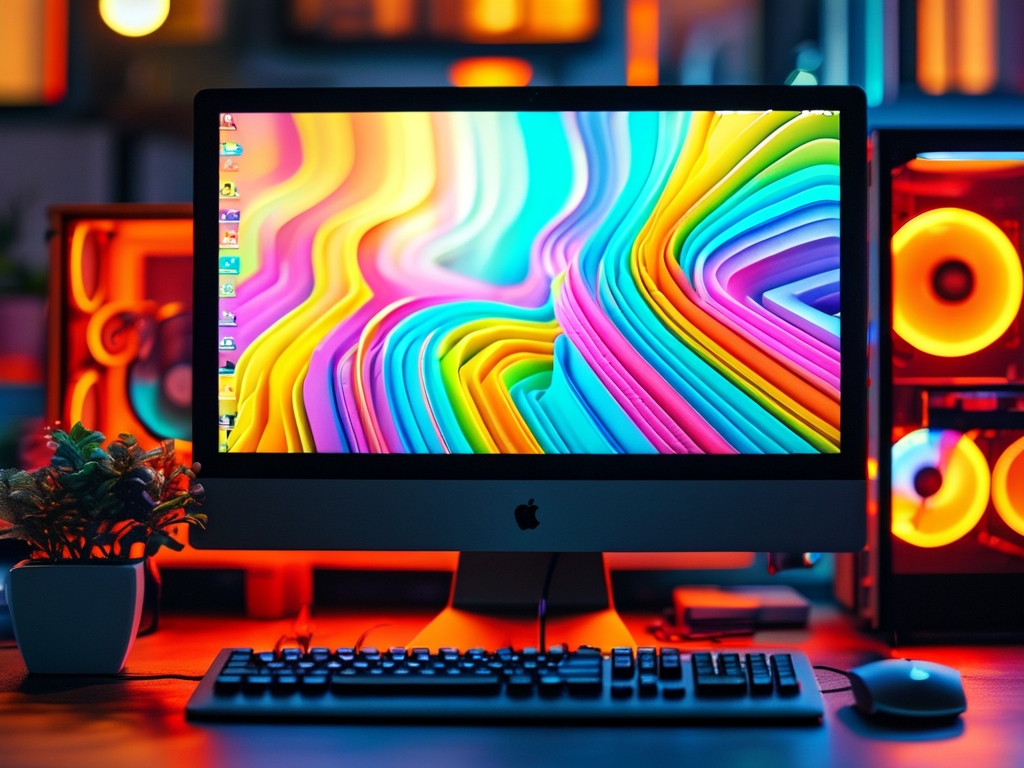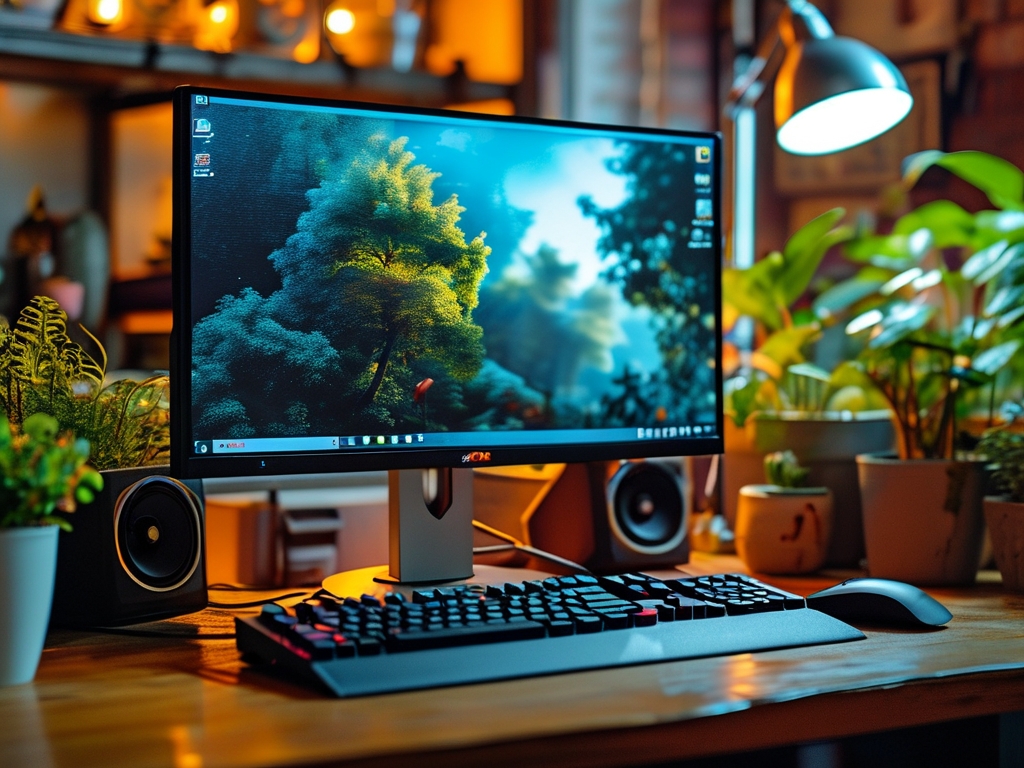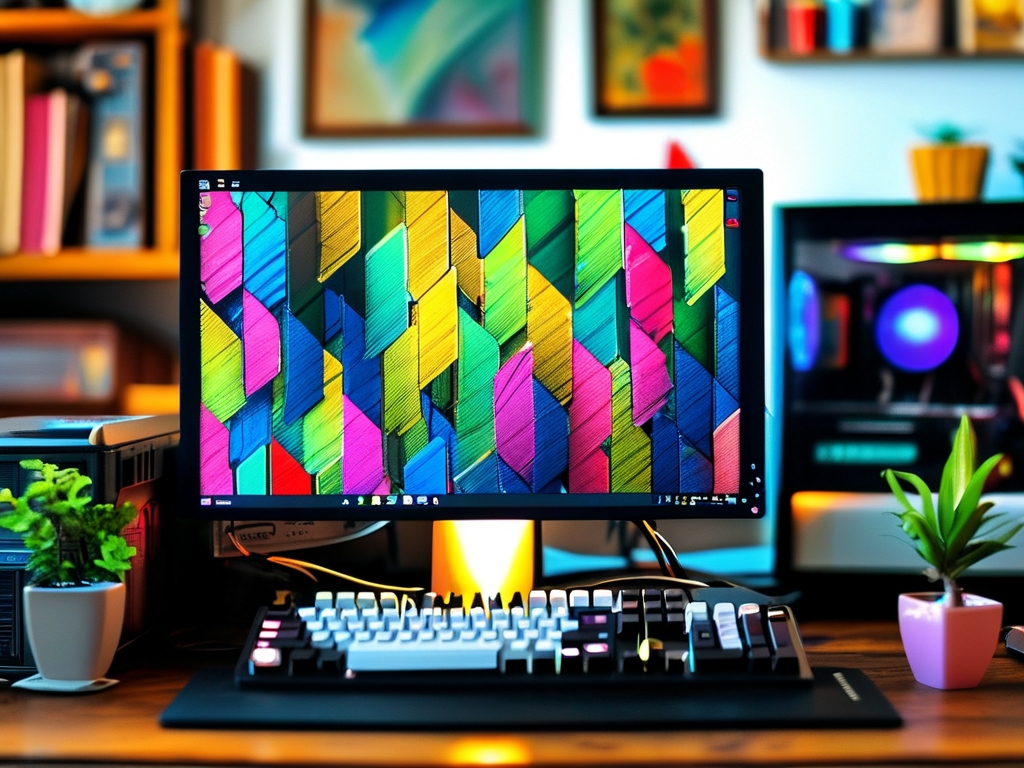If you’ve ever encountered the frustrating message “Your computer is low on memory” or noticed your system slowing to a crawl when opening multiple applications, you’re not alone. Low computer memory (RAM) is a common issue that affects productivity, gaming, and overall user experience. This article explores why memory shortages occur, actionable solutions to resolve them, and strategies to prevent future problems.
Why Does Low Memory Happen?
Random Access Memory (RAM) is your computer’s short-term storage for active tasks. When you open a program, it loads into RAM for quick access. However, modern applications—especially web browsers, video editors, and games—consume significant memory. If your RAM capacity is insufficient for your workload, your system will struggle, leading to slowdowns, freezing, or crashes.
Common causes include:
- Multitasking Overload: Running too many apps simultaneously.
- Memory-Intensive Software: Programs like Photoshop or virtual machines demand large RAM allocations.
- Background Processes: Antivirus scans, system updates, or hidden bloatware.
- Outdated Hardware: Older computers often have limited RAM (e.g., 4GB or 8GB), which struggles with modern software.
Step 1: Diagnose Your Memory Usage
Before taking action, identify what’s consuming your RAM:
- Windows Users: Press Ctrl + Shift + Esc to open Task Manager. Navigate to the “Performance” tab and check RAM usage under “Memory.”
- Mac Users: Open “Activity Monitor” via Spotlight (Cmd + Space) and view the “Memory” tab.
Sort processes by memory consumption to spot resource hogs. Common culprits include Chrome tabs, Slack, or Adobe applications.
Step 2: Free Up Memory Immediately
If your system is already lagging, try these quick fixes:
- Close Unnecessary Apps: Shut down programs you aren’t actively using.
- Browser Tab Management: Reduce open tabs or use extensions like OneTab to suspend inactive ones.
- Restart Your Computer: A reboot clears temporary files and resets RAM.
- Disable Startup Programs: Prevent non-essential apps from launching automatically (via Task Manager or System Preferences).
Step 3: Upgrade Your RAM
For long-term solutions, consider hardware upgrades:
- Check Compatibility: Use tools like Crucial’s System Scanner to find RAM compatible with your device.
- Installation: Most laptops and desktops allow users to add or replace RAM sticks. For example, upgrading from 8GB to 16GB can dramatically improve performance.
- Cost: RAM prices have dropped significantly—16GB DDR4 kits often cost under $50.
Note: Some ultrabooks and tablets have soldered RAM, making upgrades impossible. Check your device’s specifications first.

Step 4: Optimize Virtual Memory
When physical RAM is full, Windows and macOS use virtual memory (a portion of your hard drive) as overflow. Adjusting this can help:

- Windows:
- Go to Control Panel > System > Advanced System Settings > Performance Settings > Advanced > Virtual Memory.
- Increase the paging file size or let the system manage it automatically.
- Mac:
- Virtual memory is managed by macOS, but freeing up disk space improves its efficiency.
Caution: Over-reliance on virtual memory slows performance, as hard drives are slower than RAM.
Step 5: Prevent Future Issues
Proactive measures can reduce memory strain:
- Uninstall Bloatware: Remove pre-installed software you don’t need.
- Use Lightweight Alternatives: Replace heavy apps with optimized tools (e.g., use VS Code instead of Eclipse for coding).
- Regular Maintenance: Clear cache, update drivers, and scan for malware.
- Cloud-Based Solutions: Offload tasks to cloud services (e.g., Google Docs instead of desktop Office suites).
When to Consider a New Computer
If your device is more than five years old and upgrading RAM isn’t feasible, it may be time to invest in a modern system. Newer computers support faster DDR5 RAM and offer better multitasking capabilities.
Low memory issues disrupt workflow but are solvable through a mix of immediate fixes and strategic upgrades. By monitoring usage, optimizing software, and upgrading hardware when possible, you can restore your computer’s speed and avoid future bottlenecks. Whether you’re a casual user or a power user, taking control of your RAM ensures a smoother, more efficient computing experience.


